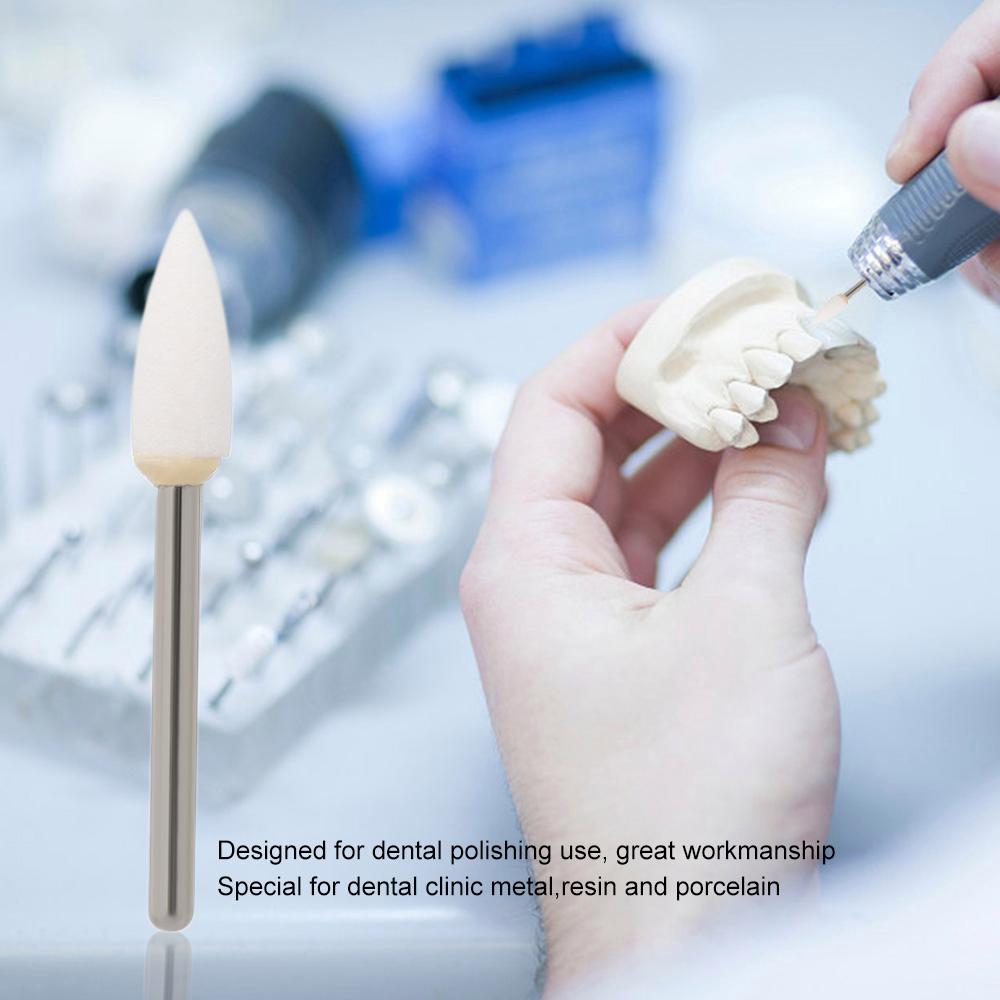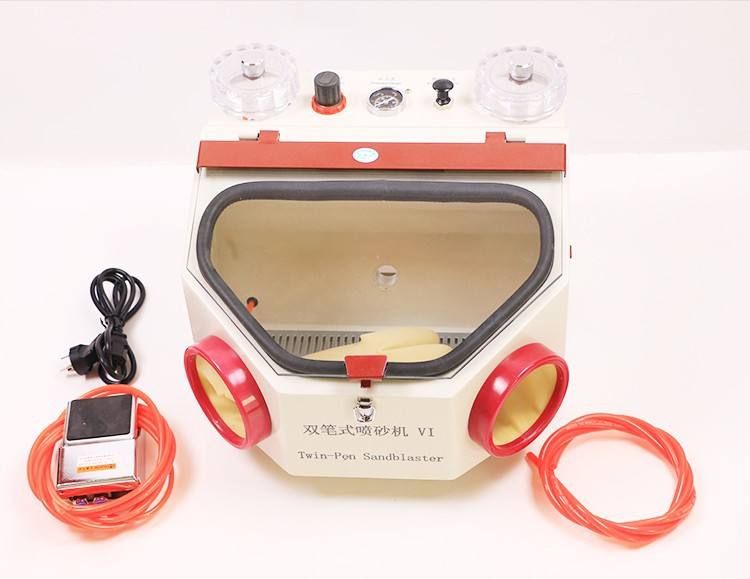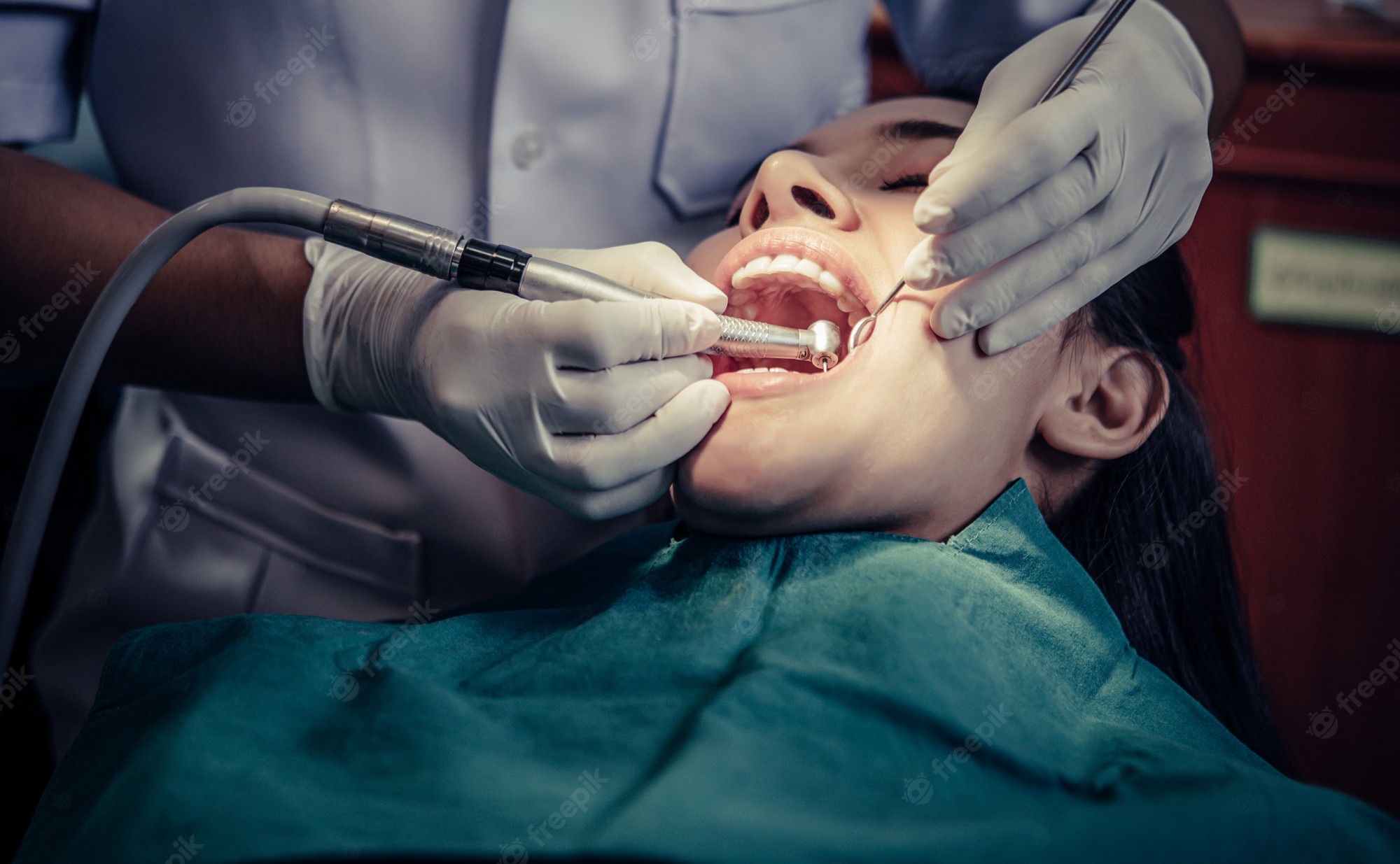In the early days of dentistry, physicians and technicians were still a single person, let’s call them “dentalists”. In the morning, prepare the patient’s teeth, take the model, close the door in the afternoon and smash the hammer to make the crown, arrange the teeth, pack the box and cook the box. There must be some young doctors who have never seen how to use lead blocks to make hammer crowns. Since casting technology entered the oral field, with the increase of production procedures, the equipment cost is higher, and professional denture dental laboratory processing factories have emerged as the times require.
Physicians and technicians are the left and right arms of the dental field, and their common goal is to provide patients with high-standard restorations.
As mentioned before, the relationship between the two is mutual. If there is no good cooperation, if one party has a problem, both will be affected. This is mutual growth. Problems in cooperation are unavoidable. At this time, the doctor will complain that the technician is not doing well, and the technician will complain that the doctor’s model is inaccurate. This is mutual restraint. Physicians and technicians cooperate with each other, and the cooperation is good, but once a problem occurs, it must be noted that it is useless for both parties to complain about each other. If the cause is not analyzed, the same problem will appear in the future, wasting time and material costs. Therefore, physicians and technicians must communicate more. The physicians should write as detailed as possible on the design sheet and follow up the design progress; while the technicians should also give some opinions to the physicians after the restoration is completed, so as to promote benign and high-quality cooperation between the two parties.
Physicians are in the leading position in the repair process. Most of the physicians have to go through years of professional study to master more professional knowledge and skills. The most important thing is that the physician directly contacts with the patient, which is the best understanding of the patient’s oral situation and the patient’s condition. People with practice, character and needs. Therefore, physicians should not only have rich theoretical knowledge, but also have superb operational ability.
Therefore, the dentist should assume the following responsibilities to the technician:
- Give the technician a complete and accurate denture design sheet, including production details, materials, scope, etc.
- Provide technicians with accurate impressions, models, and bite records.
- Properly mark the edges of the crown, the closure area of the posterior embankment, the edge extension of the denture base, the buffer zone, and the design of the partial denture.
- Indicate the color of the materials used. In addition to the use of words, there are also the use of photos, diagrams and other forms to express clearly to the technician.
- Once the technician has questions about the above instructions, the physician is responsible for explaining the situation to the technician orally or in writing.
- All the items given by the doctor to the technician need to be properly disinfected to protect the health of the technician, keep it clean and not damaged during the delivery process.
- Once the denture is not in place or the colorimetric is inaccurate, the physician should return all models, design sheets and restorations to the technician.
In some specific cases, technicians have advantages that doctors cannot match. For example, they can intuitively view details such as undercuts and shoulders of abutments, and have a deeper understanding of the performance and production process of denture restoration materials.
Technicians should take advantage of these advantages to reflect their own value in medical technology communication, and at the same time assume their own responsibilities:
- The technician should produce a restoration that can be completely seated on the model according to the requirements of the physician.
- If the technician has doubts about the occlusal record, the model should be returned to the physician for verification after the model is fitted.
- The technician should make the color of the restoration according to the colorimetric information of the design sheet.
- If the restoration cannot be continued for some reason, the physician should be notified in time.
- Technicians should sterilize restorations and other devices in accordance with standards to protect the health of physicians.
- The technician should inform the physician of the characteristics of the material used, and instruct how to operate and adjust the material correctly.
- Technicians shall not charge patients directly, nor discuss or disclose the amount of processing fees to patients.
During the denture production, technician will handle different type of dental lab equipment, such model trimmer, vacuum forming dental molding equipment, sandblaster equipment to produce the customized prosthesis.
Physicians and technicians have an equal partnership. With the introduction of new materials and technologies in recent years, it is necessary to speed up the running-in and communication between physicians and technicians in order to make better restorations.




